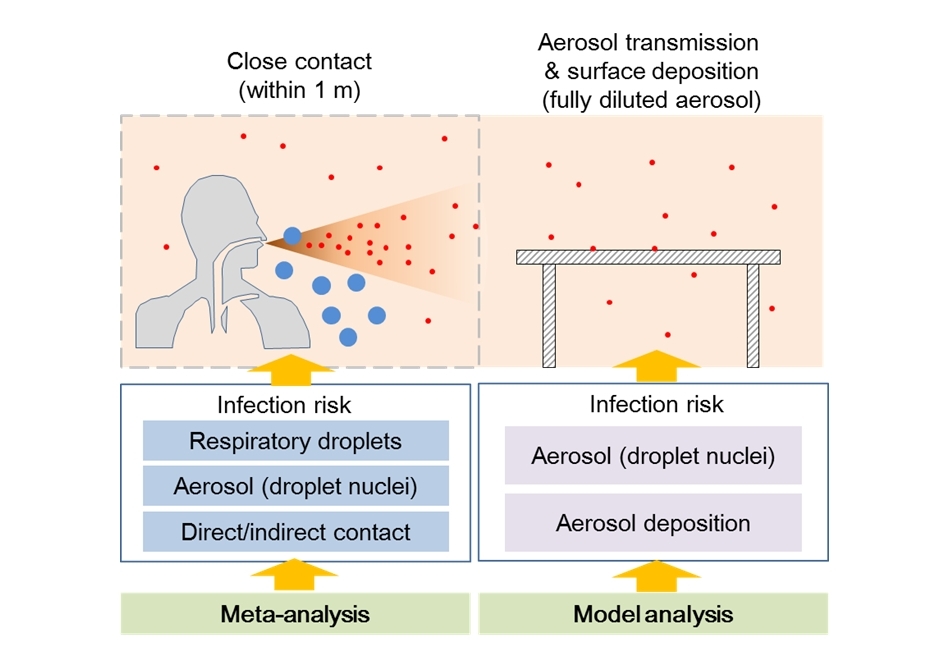The role of Aerosols in SARS-CoV-2 Transmission
It is now generally recognized that aerosols play a role in the transmission of SARS-CoV-2. While the role of aerosols in overall transmission remains difficult to quantify, superspreading events point to aerosols as an important transmission mode in indoor situations with poor ventilation, particularly when associated with activities that result in large aerosol emission rates (e.g. speaking, singing, shouting, physical activity).
As the colder season approaches and more activities will occur indoors, the role of aerosols in transmission may increase.
The well-known measures of physical distancing, hand hygiene and mask wearing should continue to be implemented broadly. Physical distancing is valuable for both droplet-based and aerosol based transmission, since the concentration of both decreases with distance from the source.

Zhang, Xiaole and Wang, Jing (2020) Dose-response Relation Deduced for Coronaviruses from COVID-19, SARS and MERS Meta-analysis Results and its Application for Infection Risk Assessment of Aerosol Transmission, Clinical Infectious Diseases, external page https://doi.org/10.1093/cid/ciaa1675.
Mask wearing has value for both droplet-based and aerosol-based transmission, and should be considered also when distances in indoor environments are above 1.5 m, particularly in poorly ventilated environments in conditions of prolonged exposure.
In addition to these measures, measures that will specifically help diminish aerosol transmission are
- ensuring proper ventilation of indoor environments with fresh or appropriately filtered air,
- avoiding overcrowding of indoor environments,
- reducing the duration of stays in poorly ventilated, indoor environments,
- limiting or cancelling high-emission activities, particularly in poorly ventilated indoor environments.
Read the whole policy brief Download The role of Aerosols in SARS-CoV-2 Transmission (PDF, 172 KB) of the National COVID-19 Science Task Force (NCS-TF).